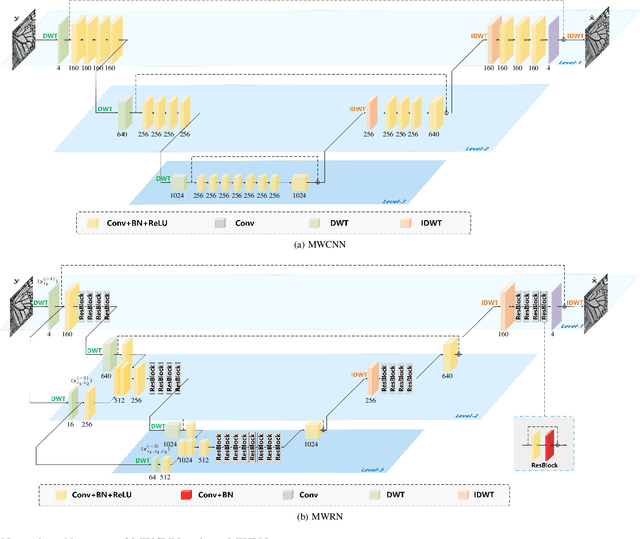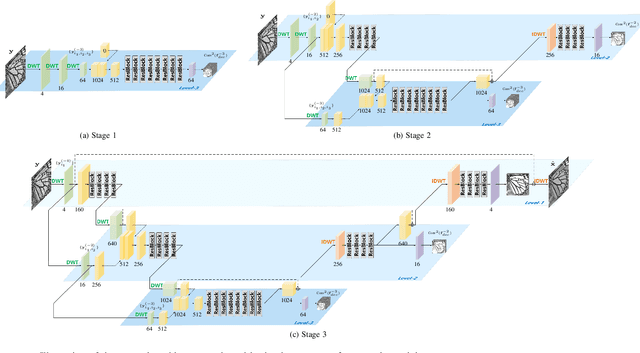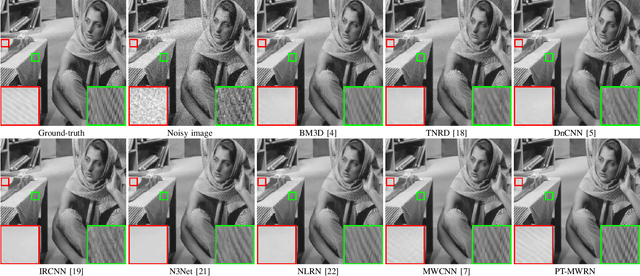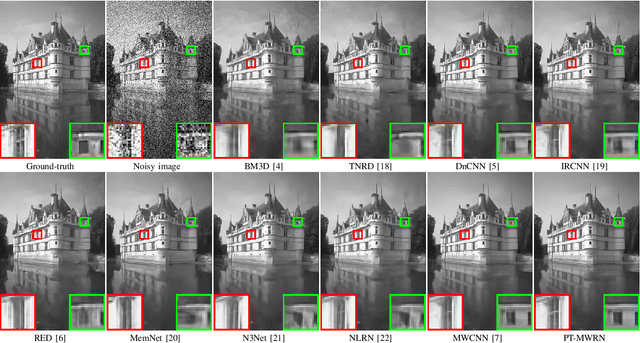Yali Peng
Investigation of the effectiveness of applying ChatGPT in Dialogic Teaching Using Electroencephalography
Apr 08, 2024



Abstract:In recent years, the rapid development of artificial intelligence technology, especially the emergence of large language models (LLMs) such as ChatGPT, has presented significant prospects for application in the field of education. LLMs possess the capability to interpret knowledge, answer questions, and consider context, thus providing support for dialogic teaching to students. Therefore, an examination of the capacity of LLMs to effectively fulfill instructional roles, thereby facilitating student learning akin to human educators within dialogic teaching scenarios, is an exceptionally valuable research topic. This research recruited 34 undergraduate students as participants, who were randomly divided into two groups. The experimental group engaged in dialogic teaching using ChatGPT, while the control group interacted with human teachers. Both groups learned the histogram equalization unit in the information-related course "Digital Image Processing". The research findings show comparable scores between the two groups on the retention test. However, students who engaged in dialogue with ChatGPT exhibited lower performance on the transfer test. Electroencephalography data revealed that students who interacted with ChatGPT exhibited higher levels of cognitive activity, suggesting that ChatGPT could help students establish a knowledge foundation and stimulate cognitive activity. However, its strengths on promoting students. knowledge application and creativity were insignificant. Based upon the research findings, it is evident that ChatGPT cannot fully excel in fulfilling teaching tasks in the dialogue teaching in information related courses. Combining ChatGPT with traditional human teachers might be a more ideal approach. The synergistic use of both can provide students with more comprehensive learning support, thus contributing to enhancing the quality of teaching.
Progressive Training of Multi-level Wavelet Residual Networks for Image Denoising
Oct 23, 2020



Abstract:Recent years have witnessed the great success of deep convolutional neural networks (CNNs) in image denoising. Albeit deeper network and larger model capacity generally benefit performance, it remains a challenging practical issue to train a very deep image denoising network. Using multilevel wavelet-CNN (MWCNN) as an example, we empirically find that the denoising performance cannot be significantly improved by either increasing wavelet decomposition levels or increasing convolution layers within each level. To cope with this issue, this paper presents a multi-level wavelet residual network (MWRN) architecture as well as a progressive training (PTMWRN) scheme to improve image denoising performance. In contrast to MWCNN, our MWRN introduces several residual blocks after each level of discrete wavelet transform (DWT) and before inverse discrete wavelet transform (IDWT). For easing the training difficulty, scale-specific loss is applied to each level of MWRN by requiring the intermediate output to approximate the corresponding wavelet subbands of ground-truth clean image. To ensure the effectiveness of scale-specific loss, we also take the wavelet subbands of noisy image as the input to each scale of the encoder. Furthermore, progressive training scheme is adopted for better learning of MWRN by beigining with training the lowest level of MWRN and progressively training the upper levels to bring more fine details to denoising results. Experiments on both synthetic and real-world noisy images show that our PT-MWRN performs favorably against the state-of-the-art denoising methods in terms both quantitative metrics and visual quality.
 Add to Chrome
Add to Chrome Add to Firefox
Add to Firefox Add to Edge
Add to Edge